Studies show osteopathic manipulation therapy effective for some forms of pain
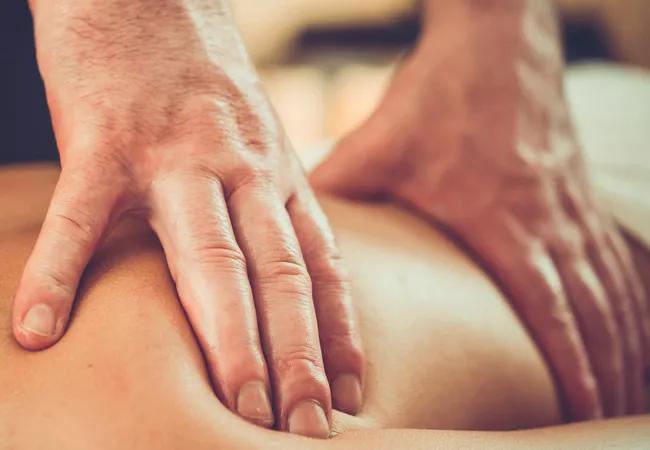
While many patients feel better with conventional pain management treatment and/or procedures, others continue to struggle to live their normal lives. This is when complementary or alternative therapies can help. It can be useful to combine mainstream therapies with alternative therapies for which there is scientific evidence of safety and effectiveness.
Advertisement
Cleveland Clinic is a non-profit academic medical center. Advertising on our site helps support our mission. We do not endorse non-Cleveland Clinic products or services. Policy
Research has shown that osteopathic manipulation therapy (OMT), or the therapeutic application of manual pressure, can help to relieve low back pain, neck pain, sports injuries, repetitive stress injuries and some types of headaches. According to the National Institutes for Health, looking at six studies, osteopathic manipulation treatment significantly reduces low back pain. The Annals of Internal Medicine also recommends considering the use of spinal manipulation for treatment of acute and subacute low back pain. Recently, John C. Licciardone, DO, and coworkers at the University of Texas medical school have shown that OMT is clinically effective for chronic low back pain.
In Cleveland Clinic’s Department of Pain Management, William Welches, DO, PhD, is an osteopathic physician who has specialized expertise in OMT. “I use osteopathic manipulation, along with several programs, including diet therapy and acupuncture, to help patients with their pain,” says Dr. Welches. “My techniques and programs are integrated with those of my colleagues in Pain Management to provide patients with comprehensive treatment.”
Dr. Welches says OMT is a whole system of evaluation and treatment designed to achieve and maintain health by restoring normal body function.
“It is critical that we bring the full range of therapies to bear on the treatment of chronic pain if we are going to improve function and overall success rates.” Richard W. Rosenquist, MD, Chairman of Cleveland Clinic’s Department of Pain Management.
Advertisement
Dr. Welches can be reached at welchew@ccf.org or 216.295.1010.
Advertisement
Advertisement

Researchers seek solutions to siloed care, missed diagnoses and limited access to trauma-informed therapies

Study participants also reported better sleep quality and reduced use of pain medications
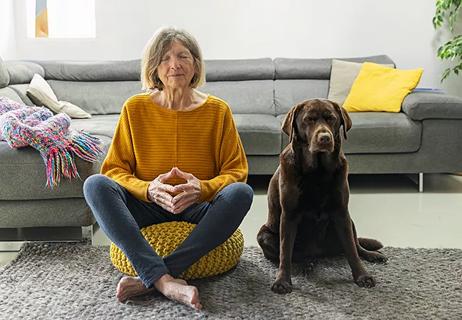
Two-hour training helps patients expand skills that return a sense of control

Program enhances cooperation between traditional and non-pharmacologic care

National Institutes of Health grant supports Cleveland Clinic study of first mechanism-guided therapy for CRPS
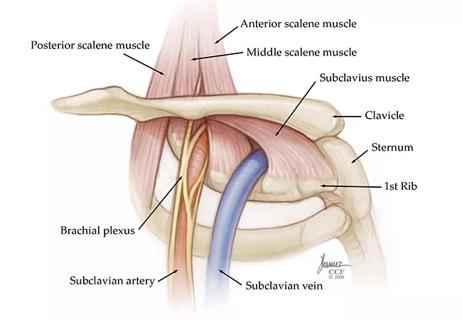
Pain specialists can play a role in identifying surgical candidates
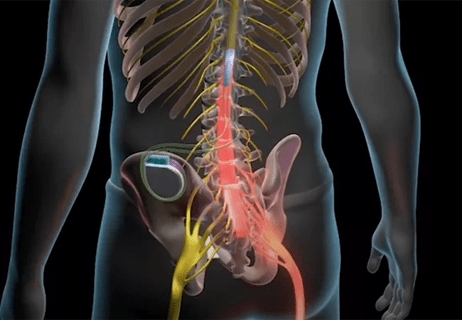
Individual needs should be matched to technological features
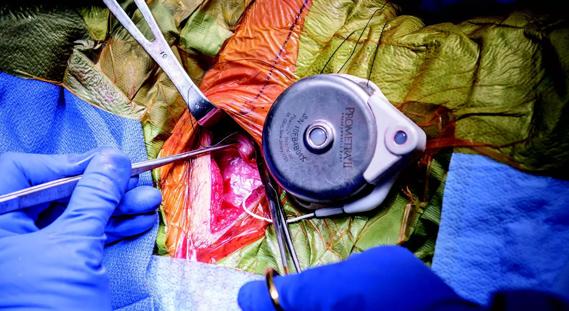
New technologies and tools offer hope for fuller understanding